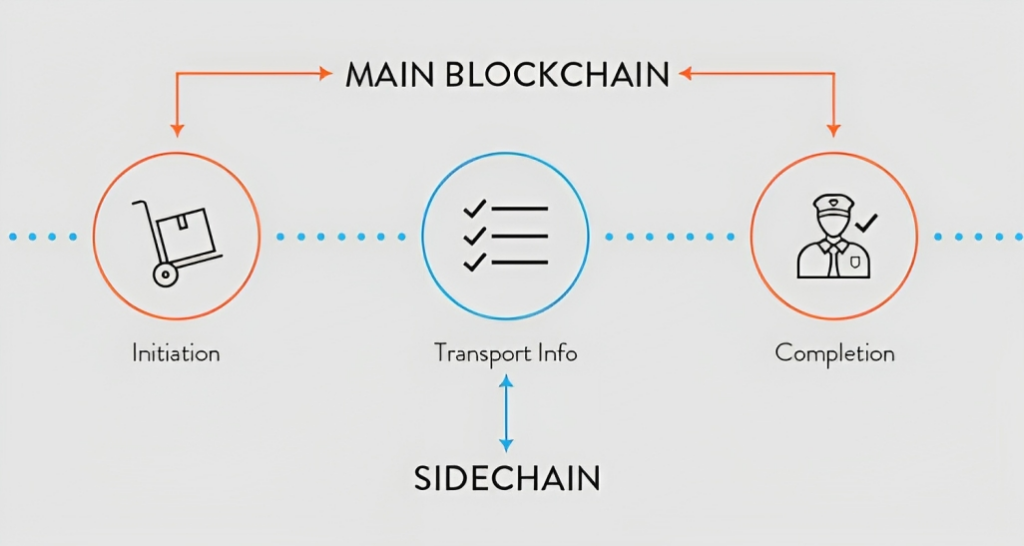What Are Sidechains And How Do They Improve Blockchain Scalability
In the world of blockchain, scalability is a major concern. The technology that underpins cryptocurrencies and other distributed ledger systems is still evolving, and one of the biggest hurdles to widespread adoption is the ability to process large numbers of transactions quickly and efficiently. That’s where sidechains come in – a relatively new innovation that promises to take blockchain scalability to the next level.

- Shielding Your Virtual Vault: Mastering The Art Of Crypto Security
- Breaking Down Borders: How Cryptocurrency Is Revolutionizing Global Transactions
- How To Spot The Next Bitcoin Tips For Finding Promising Altcoins
- The Future Of Democracy Unlocking The Potential Of Blockchain For Secure Voting Systems
- Navigating Crypto Fees Like A Pro: Tips And Strategies For Savvy Traders
So, what exactly are sidechains? Simply put, sidechains are separate blockchains that are attached to a parent blockchain. They’re like smaller, auxiliary chains that can be used to process specific types of transactions or execute particular functions, all while maintaining the security and decentralization of the main blockchain.
To understand how sidechains work, imagine a bicycle. The parent blockchain is like the main frame of the bike, providing the overall structure and stability. The sidechains, on the other hand, are like the gears – they can be attached and detached as needed, allowing for greater flexibility and customization.
By using sidechains to process certain transactions or execute specific functions, developers can offload some of the workload from the main blockchain. This can help to reduce congestion and increase the overall scalability of the network. For example, if a particular application needs to process a large number of transactions per second, it can be moved to a sidechain, freeing up space on the main blockchain for other applications.
Another way that sidechains can improve scalability is by allowing developers to use different consensus algorithms for different types of transactions. For instance, a sidechain might use proof-of-stake (PoS) for microtransactions, while the main blockchain uses proof-of-work (PoW) for larger, more secure transactions.
But what really sets sidechains apart is their ability to interact with the main blockchain in a seamless way. Using a process called "pegging," sidechains can "lock" assets on the main blockchain, allowing them to be transferred to the sidechain and used there. This means that developers can build sidechains that are fully compatible with the main blockchain, without having to worry about creating a new, isolated ecosystem.
In terms of real-world applications, sidechains have the potential to be a game-changer for a wide range of industries. For example, in finance, sidechains could be used to process high-frequency trades, while in supply chain management, they could be used to track inventory and shipments. In gaming, sidechains could be used to create seamless, high-performance experiences that require large numbers of transactions per second.
Of course, sidechains aren’t without their challenges. One of the biggest concerns is security – if a sidechain is hacked or compromised, it could potentially affect the entire blockchain. But developers are working hard to address these concerns, building in robust security protocols and testing sidechains with simulations and real-world trials.
In conclusion, sidechains have the potential to revolutionize the world of blockchain by improving scalability, flexibility, and customization. By offloading certain transactions or functions to separate blockchains, developers can create more efficient, high-performance networks that are better suited to real-world applications. As this technology continues to evolve, we can expect to see sidechains play an increasingly important role in shaping the future of blockchain.
